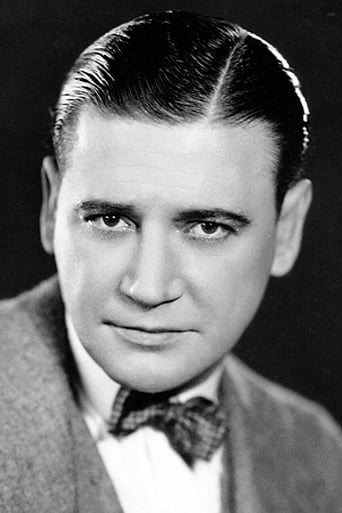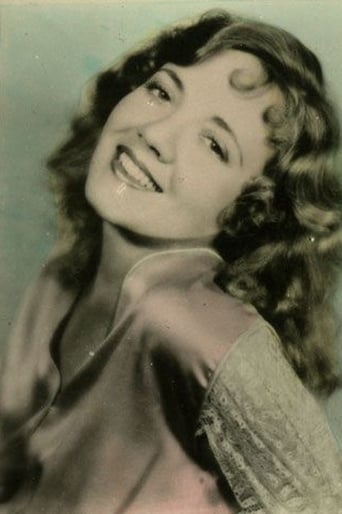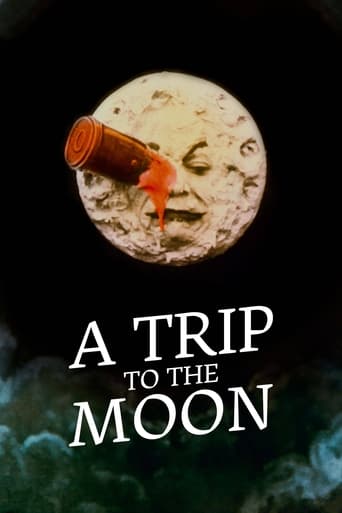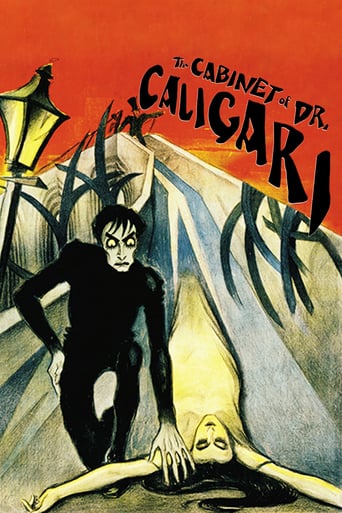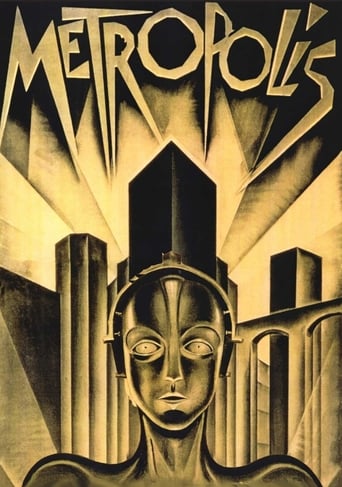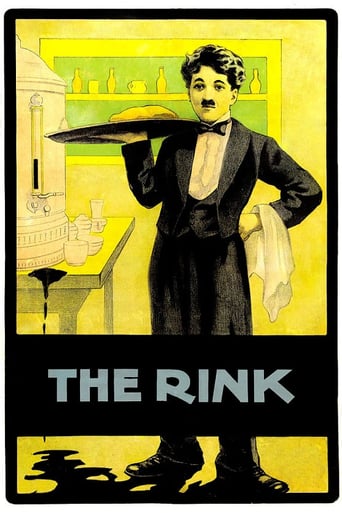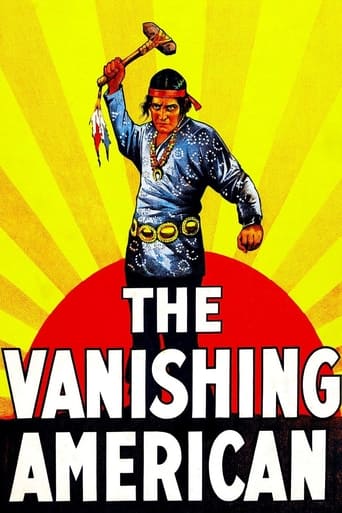
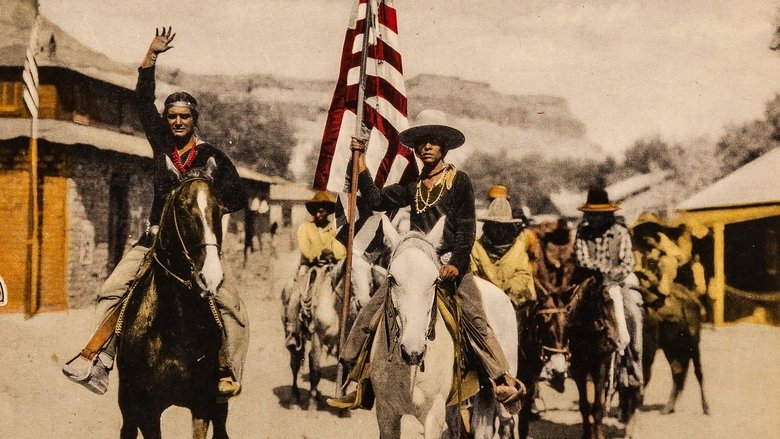
The Vanishing American (1925)
A tribe of Navajo live on a reservation overseen by an Indian-hating agent.
Watch Trailer
Cast


Similar titles
Reviews
As Good As It Gets
Although it has its amusing moments, in eneral the plot does not convince.
This story has more twists and turns than a second-rate soap opera.
The acting in this movie is really good.
The star of this film, Richard Dix, doesn't actually appear until half an hour in, the first quarter of this film version of Zane Grey's book comprising a superbly photographed prologue set in Monument Valley introducing us to various settlers over the centuries, starting with a couple of VERY early humans resembling those at the start of '2001', later followed by cave-dwellers spectacularly laid siege to by Indians in the film's most visually impressive sequence (the first of several staged with great use of mass formations by serial king George B. Seitz). The Indians in their turn come to grief at the hands of the conquistadores in 1540 and three hundred years later, Kit Carson. All this happens in the first half hour!!The films then unfortunately slows down considerably, as Dix and various others have their eye caught by comely schoolteacher Lois Wilson, of whom dastardly Noah Beery serves to personalise - and thus deflect responsibility from - white America's subjugation of the indians, including seizing their land while they were away serving Uncle Sam on the Somme. Actually, as Britain's example shows, veterans of The Great War from whatever background were prettily shabbily treated once their usefulness was at an end.
Although the acting is good and the landscape beautiful, the film does not portray history correctly or respectfully. I would not share this with students, unless it was to show how negative stereotypes are propelled forward with portrayals such st this.The cliff dwellers were indeed not conquered. The depictions of lazy and slow minded people bordered on insulting. I realize that this was made during a time when dominant belief prevailed, but it does not make the film right or worthy of the high reviews it has received.On a more positive note, the film with hilarious in its inaccuracy and intent, which I believe was beyond understanding at the time.
Director George B. Seitz was known more for the Pearl White serial "Plunder" until "The Vanishing American". Instead of portraying him as the usual plundering savage, the screenplay by Ethel Doherty (from a Zane Grey novel) tried to correct a lot of the myths about the Indian's warrior standing. Typical of the silent epic (in general) it had a mighty sense of history as the story was played out across a vast panorama beautifully photographed by C. Edgar Schoenbaum and Harry Perry. Titles refer to "the mighty stage" and the movie looked at life in grand terms but also with humanity. "The Vanishing American" was also the last Western feature for almost 2 decades to take a sympathetic look into Native American culture.After a very interesting prologue showing how the different peaceful cultures (ie Cliff Dwellers) were gradually overcome by the Indian fighters and warriors. They thought if they could only capture a White God (horse) they would be supreme kings, they had never seen a horse until the arrival of the white man. When the Spaniards used their guns, the Indians felt they (the Spaniards) were in league with the Gods and were eventually conquered and forced to live on reservations."The Vanishing American" defied stereotype, questioned tradition and was ahead of it's time. Hooper, the Indian Agent of Mesa is too caught up with bureaucracy and paper work to effectively help the Indians so it is left to his assistant Booker, and as played by Noah Beery, he is a villain of the first order. Blatantly lying about wanting to be the Indian's friend, he only wants to get in pretty teacher Marian Warner's (Lois Wilson) good books. Apart from old timer Bart Wilson, she is the only person who wants to understand the Indians and has even bothered to learn their language. There is also an "understanding" between her and Nophaie (Richard Dix), the leader of the tribe. Richard Dix plays Nophaie with dignity and believability, even when the story becomes a bit bogged down with biblical piety (he starts to question his native God as "foolish" putting his trust in the New Testament given him by Marian).The film shows the Indian as being truly mistreated, right through the ages, although as the story progresses it becomes trite as it shows the Native American at his noblest when he is trying to mimic the white man - joining the U.S. Army to help fight the War or becoming emotional when Marian told him he should be proud to be an American. When they return to the reservation after the War, things have changed for the worst, Booker is in charge and he and his henchmen have pilloried the land - and to make matters worse, Booker tells Nophaie that Marian has married recruitment officer Earl Ramsdale (Malcolm MacGregor)!!! That's not true and in a surprising twist, that would have been shocking for it's day, Marian comes back to the reservation to pledge her love to Nophaie.Shannon Day, a Cecil B. DeMille protégé, whose career did not survive the coming of sound played the tragic Indian maid. I am also sure that Richard Dix became involved in the Native American cause after his performances in this movie, "Redskin" and "Cimmaron" made him more aware.
I remember seeing James Stewart in the 1950 film BROKEN ARROW and being impressed at the positive view of the American Indian shown. Stewart's love (and marriage) for an Indian maidin who is killed by vengeful white men, was powerful and very touching. The 1925 Paramount silent version of Zane Grey's THE VANISHING AMERICAN is even more of an eye-opener! This is not a run of the mill "B" Western as so many of the films based on Zane Grey works were. This is a major Western in the tradition of Paramount's famous 1923 film, THE COVERED WAGON. No film (not even the marvelous films of John Ford)have shown the Indian as he must of lived in former times. The locations are the real thing (and beautifully photographed) and the numbers of extras are huge. One sees hundreds of Indians living in the clift dwellings and riding among the spectacular areas of Arizona and Utah (made famous in the Ford films). The first portion of the film attempts to trace the history of the first people to populate this land and follows their changing conditions through history. Some tribes grow weak and are over-taken by more powerful tribes. Powerful tribes are taken in by the arrival of the white men under Cortez and there first view of a horse (actually THE BOOK OF MORMON, a second testament to Jesus Christ gives a more acurate account of where the horses came from) -- but the Indians believe the horse to be some sort of god and thus subject themselves to the white man. The main story takes up just before American enters World War I and shows the sorry stake of the American Indian, now living on reservations and being cheated out of anything of value that they still have. Richard Dix does a marvelous job playing an Indian who has great values and respect for his people. The film shows the U.S. Governments need and request from the Indians for horses to help in the war. Through Dix's efforts they gain not only horses but enlistment from many of the Indian men. They play an important part in the War effort, but when they return to their land it is to conditions that have worsened, not improved. Thus the climax is set up. Truly an unusal film to survive from the silent era -- and one well worth taking a look at. The surviving material is beautiful to look at, but does contain a degree of flicker caused by the deterioration of the nitrate film that it was printed on. A choice addition to my DVD collection!


